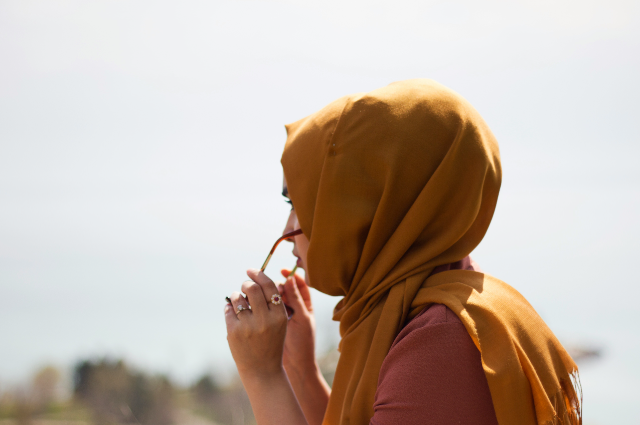
Photo by Ifrah Akhter on Unsplash
This is the story of the De-notified Tribes (DNTs). Before starting this story, I want to share their history with you. During the British rule, when they were dividing the people of India into castes, they identified certain tribes and, starting from 1871, labeled them as “criminal tribes” under the Criminal Tribes Act. This act stripped them of all their rights and deprived them of government assistance. Even after independence, they were reclassified under the Habitual Offenders Act in 1952.
Today, 75 years have passed since independence, and we have come a long way. However, these people still live in the Wazirabad slum in Delhi. To say that they are only in Delhi would be completely wrong; they are spread across the entire country.
In your childhood, you must have seen snake charmers, bear and monkey performers, and magicians. But after the implementation of the PETA laws, their work gradually started to disappear, and their situation worsened day by day.
They mostly live with their own tribes, and their children also marry within the tribe. Now, let me tell you the story of Mariyam, the main character of this tale. Mariyam is only 17 years old, while her husband, Altaf, is 55 years old. In their community, young girls often have to marry much older men, just like Mariyam had to marry Altaf.
Altaf is in the twilight of his life, but even so, he married Mariyam and they had a child together. Now, Mariyam’s world revolves around her child and her husband.
As Altaf’s age increased, his ability to work diminished. He preferred to stay at home most of the time because his health was deteriorating, largely due to his heavy drinking. Eventually, his time came, and one day he passed away, leaving Mariyam and their child behind. Mariyam is now only 25 years old, and their son is 7. No young woman would want to become a widow at such a young age, but this is the fate written for most women in their tribe.
Although many NGOs work to help them, the assistance often falls short, and the benefits are minimal. This isn’t the case for everyone, but some people come in the name of help. They know that these people won’t receive any support from the administration, so they take advantage of the situation. Girls like Mariyam face many hardships and are often exploited by those who claim to help them.
What can they do? They have to feed themselves and their children, so they are forced into these situations. Eventually, they resort to getting fake Aadhaar cards and election cards to benefit from government welfare schemes.
Now, Mariyam has to go through this phase, and it’s not just a one-time thing that will get better eventually. Let me tell you, this continues from the beginning to the end. This has become Mariyam’s compulsion; someone might starve themselves, but a mother will do anything for her child. That’s why Mariyam has to endure all this. She follows whatever the NGO people tell her to do, step by step.
There is a strong network between government welfare schemes and NGOs. When Mariyam applies for a widow’s pension, her file is often delayed, and she has to run around a lot, being asked for various documents to trouble her. She doesn’t have the money to bribe her way through, so she remembers the NGO worker who helped her before.
Now, the NGO becomes active and transfers Mariyam’s case to an officer who has the power to expedite her pension. It’s now Mariyam’s turn to visit this officer.
After doing everything, Mariyam manages to start receiving her pension and all the government assistance, but by then, her life has become nothing short of a nightmare. Now, whom should we blame for this? Her husband, the NGO workers, or the welfare officers? Personally, I believe the primary blame lies with the administration and the government. However, what you think is entirely up to you.
